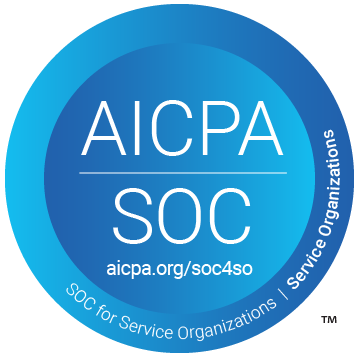Overview: Consider a mid-sized insurance carrier facing operational challenges similar to many in the industry. This hypothetical example, inspired by real-world discussions with various insurance companies, explores how automating claims and servicing workflows can transform operations and improve service delivery.
Challenges:
- Processing Delays: Manual data entry and document management resulted in an average processing time of 12 days for claims and servicing requests.
- High Error Rates: Human errors in manual processes led to an error rate of 18%, causing delays and rework, which frustrated policyholders.
- Scalability Issues: With a 20% year-over-year growth in policyholders, the insurer struggled to scale its manual processes to keep pace with increasing servicing demands.
- Compliance Risks: Ensuring compliance with regulatory standards was labor-intensive and prone to oversight in manual workflows.
Proposed Solution:
Based on insights from our discussions with industry leaders, the proposed solution involves implementing comprehensive automated workflows across the claims and servicing departments. This includes automating data entry, form processing, document management, and compliance checks.
Implementation Process:
-
Assessment:
- Current State Analysis: A thorough analysis of existing manual processes was conducted to identify bottlenecks and inefficiencies.
- Opportunity Identification: Key areas for automation were identified, including claims processing, document management, and compliance verification.
-
Selection:
- Tool Selection: The insurer selected a robust automation platform due to its integration capabilities, scalability, and user-friendly interface.
- Customization: The platform was customized to meet the specific operational requirements and regulatory environment.
-
Phased Implementation:
- Pilot Phase: Initial implementation focused on automating the data entry and document management processes within a small pilot group.
- Full Rollout: Following a successful pilot, the automated workflows were gradually rolled out across all servicing departments, ensuring minimal disruption.
-
Training and Change Management:
- Staff Training: Comprehensive training sessions were held to ensure all employees were adept at using the new system.
- Change Management: Leadership emphasized transparent communication and support to facilitate a smooth transition to automated workflows.
-
Monitoring and Optimization:
- Performance Metrics: Key performance indicators (KPIs) were established to monitor the effectiveness of the automated workflows.
- Continuous Improvement: Regular feedback loops and data analysis were used to continually refine and optimize the system.
Expected Results and Implications:
- Reduction in Processing Times:
- Before Automation: Average processing time of 12 days.
- After Automation: Expected reduction to 4-5 days, a 58-67% improvement.
- Decrease in Error Rates:
- Before Automation: 18% error rate due to manual data entry and document handling.
- After Automation: Anticipated reduction to 4-5%, significantly enhancing accuracy.
- Scalability:
- Before Automation: Struggled to scale with a 20% annual growth rate.
- After Automation: Automated workflows can easily scale to handle increased volumes, ensuring consistent service quality as the customer base grows.
- Enhanced Compliance:
- Before Automation: Labor-intensive manual checks prone to oversight.
- After Automation: Built-in compliance checks ensure adherence to regulatory standards, reducing risk and increasing efficiency.
- Increase in Customer Satisfaction:
- Before Automation: Customer satisfaction impacted by delays and errors.
- After Automation: Faster processing times and improved accuracy are expected to boost customer satisfaction scores by 30-40%.
Metrics:
- Processing Time Reduction: 58-67%
- Error Rate Reduction: 72-78%
- Scalability: Capable of handling a 20%+ increase in servicing requests without additional resources
- Customer Satisfaction Increase: 30-40%



